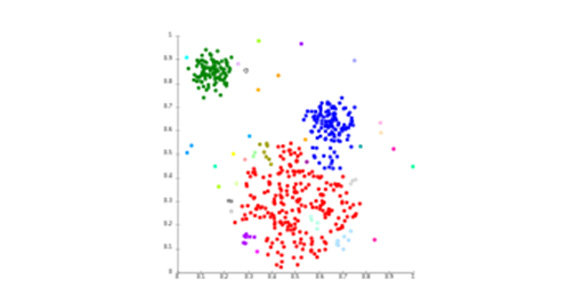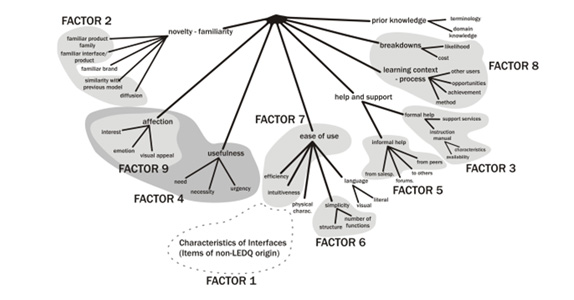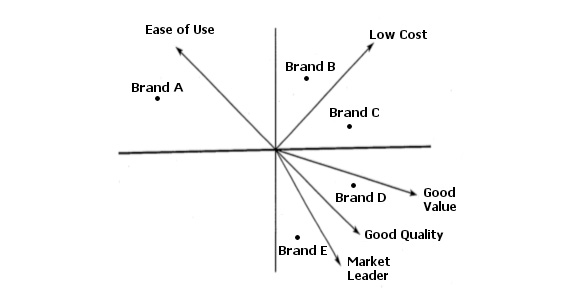As we understand it’s more about a science of collecting, exploring and presenting large amounts of data to discover underlying patterns and trends. We are expertise and experienced in various Advanced Statistical Analysis methods mentioned here and discovered complex multivariate relationships among variables to generate hidden insights in the past market research projects.
- Cluster Analysis
- Correlation Analysis
- Correspondence Analysis
- Cronbach Alpha (Reliability Test)
- Exploratory Factor Analysis
- Gap Analysis
- Leverage/ Quadrant Analysis
- Linear Discriminant Analysis (LDA)
- Multidimensional Scaling
- Price Sensitivity Analysis (PSM)
- Regression Analysis
- Time Series Analysis
- Vulnerability Analysis
- Data Mining
Key Advanced Statistical Analysis
Cluster Analysis
A multivariate method which aims to classify a sample of subjects on the basis of a set of measured variables into a number of different groups such that similar subjects are placed in the same group. In marketing, it may be useful to identify distinct groups of potential customers so that, for example, advertising can be appropriately targeted.

Correlation Analysis
It is a technique for investigating the relationship between two quantitative, continuous variables, for example, age and blood pressure. When working with quantities, correlations provide precise measurements. When working with rating scales, correlations provide general indications.

Cronbach Alpha (Reliability Test)
Cronbach's alpha (α) is the most common measure of internal consistency ("reliability") for survey questionnaire and research instrument design. It is most commonly used to determine the questions/ scale are reliable or not.

Exploratory Factor Analysis
It allows researchers to investigate concepts that are not easily measured directly by collapsing a large number of variables into a few interpretable underlying factors. The key concept of factor analysis is that multiple observed variables have similar patterns of responses because they are all associated with a latent (i.e. not directly measured) variable.

Correspondence Analysis
Correspondence analysis is a descriptive/exploratory technique designed to analyze simple two-way and multi-way tables containing some measure of correspondence between the rows and columns. Correspondence analysis is a geometric technique for displaying the rows and columns of a two-way contingency table as points in a low-dimensional space. The goal is to have a global view of the data that is useful for interpretation.




 Copyrights © Arabian Research Bureau. All rights reserved.
Copyrights © Arabian Research Bureau. All rights reserved.
Follow Us